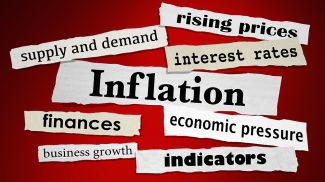Wells Fargo Bank announced increases in their prime lending rates to 8.50 percent, up from 8.25 percent, effective July 27, 2023. The move signals an increasing cost of borrowing for individuals and businesses alike, particularly impacting small businesses reliant on bank financing.
With approximately $1.9 trillion in assets, Wells Fargo serves one in three U.S. households and over 10% of small businesses in the U.S., making it a critical player in the country’s financial landscape. The rise in the prime rate might increase the borrowing costs for these small businesses, which could affect their financial planning and growth strategies.
PNC Bank, N.A., a member of The PNC Financial Services Group, Inc., another key financial institution in the United States, has followed suit with a matching prime rate increase. The bank strongly focuses on retail and business banking, offering a comprehensive range of lending products. This prime rate hike might affect its business clientele, notably smaller enterprises, regarding loan repayments and financial liquidity.
Citizens Financial Group, Inc., one of the nation’s oldest and largest financial institutions with $223.1 billion in assets as of June 30, 2023, announced a similar increase in its prime lending rate. The change could affect a broad spectrum of its customers, from individuals to small businesses and large corporations. Given Citizens’ focus on offering tailored advice, ideas, and solutions to its customers, the prime rate change underscores businesses’ importance in revisiting their financial strategies.
The prime rate is often used as the benchmark for many types of loans, including those offered to small businesses and consumers. As a result, when banks adjust their prime rates, the impact on small businesses can be significant. For businesses with loans tied to the prime rate, their borrowing costs will increase, affecting their operational expenses.
On the flip side, an increase in the prime rate could result in higher interest earnings for businesses with cash reserves in high-yield savings accounts. However, the overall effect on small businesses is likely to be a tightening of credit conditions, which may cause challenges for those seeking to finance growth or manage cash flows.
These prime rate changes reflect broader economic conditions and the monetary policy directions of the Federal Reserve. As the economic landscape continues to evolve, small businesses should stay informed about these changes and consider seeking financial advice to navigate their potential impacts. The changing prime rates underline small businesses need to maintain flexible and resilient financial strategies. They also underscore the value of consultation and advice for small businesses in fluctuating interest rates.
For the latest, follow us on Google News.
Image: Depositphotos









